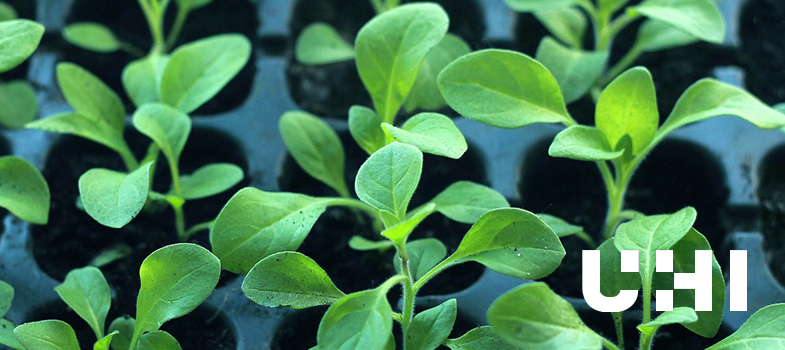Part 1: Propagation by seed
11. Nutrition

Seedlings need to be fed as they grow and there are many options for this.
Activity
Choose a plant that you would love to grow from seed.
Write out a plan of how you would grow this plant from seed including:
- Where you would source the seed and how much it would cost.
- What type of container or what outdoor position you would grow it in.
- What compost would you use or how would you prepare the soil.
- How you would sow, what density and to what depth.
- How you would provide aftercare.
| Composted green waste |
|
|---|---|
| Manure |
|
| Organic processed fertiliser |
|
| Controlled release fertiliser |
|
| Liquid fertiliser |
|
